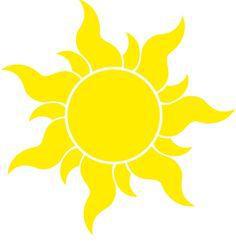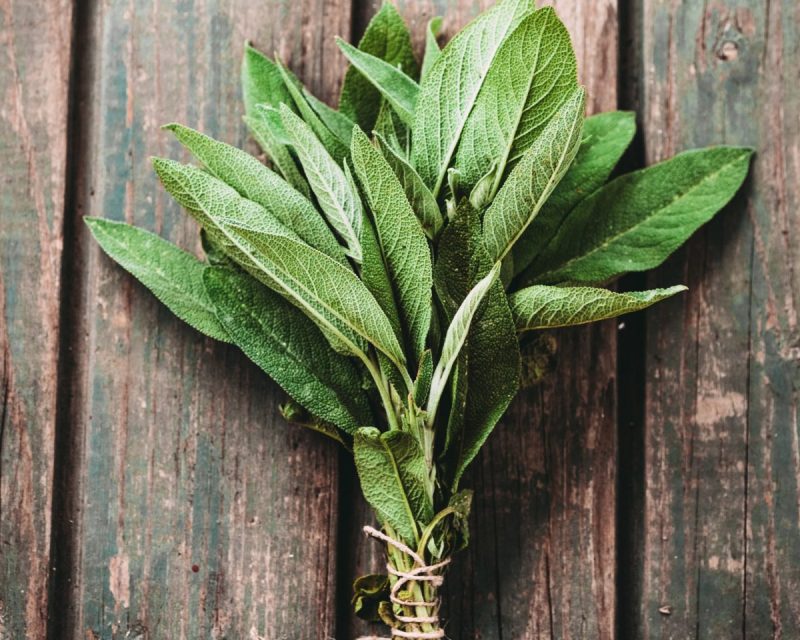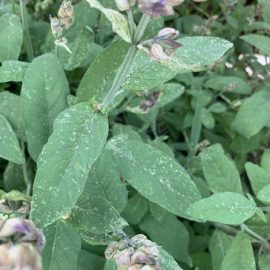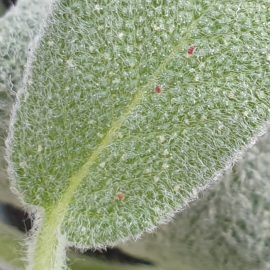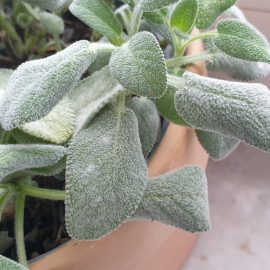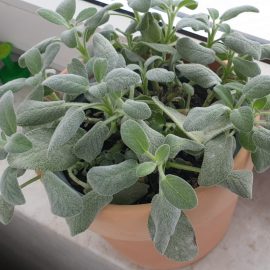Sage – planting, growing and harvesting
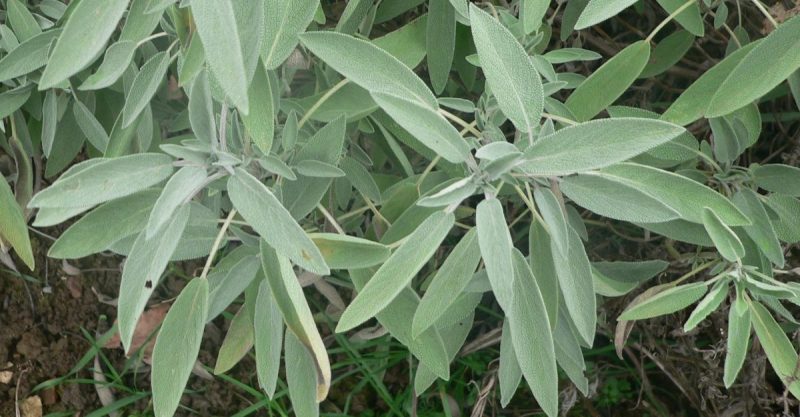
Sage (Salvia officinalis) is part of the Lamiaceae family and comes from the sub-mountainous areas of the Mediterranean Sea, being widespread as a medicinal and aromatic plant in several countries.
Sage leaves are used as a spice in many dishes, as well as in cosmetics, the perfume industry, and for therapeutic purposes. The plant contains essential oils that include salviol, cedrene, camphor, pinene, paraffin compounds, tannins, organic acids, vitamins B1 and C.
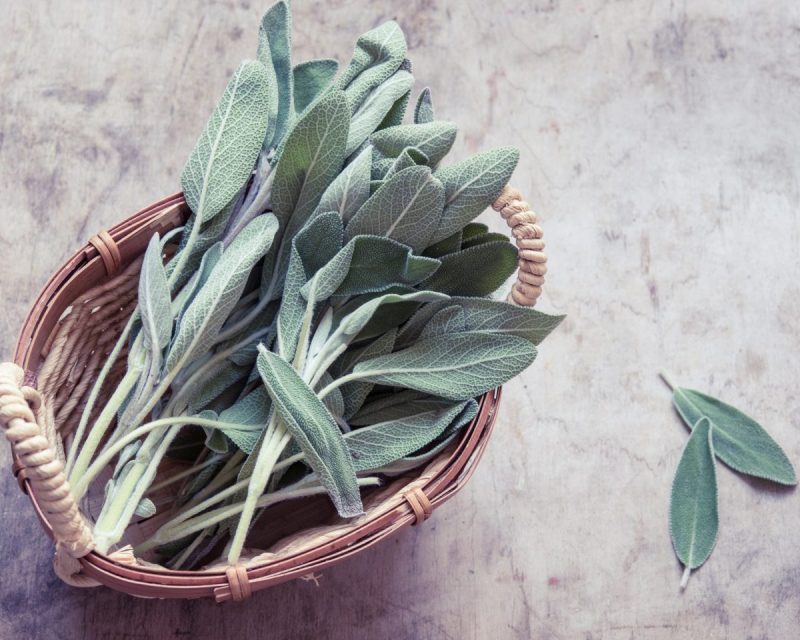
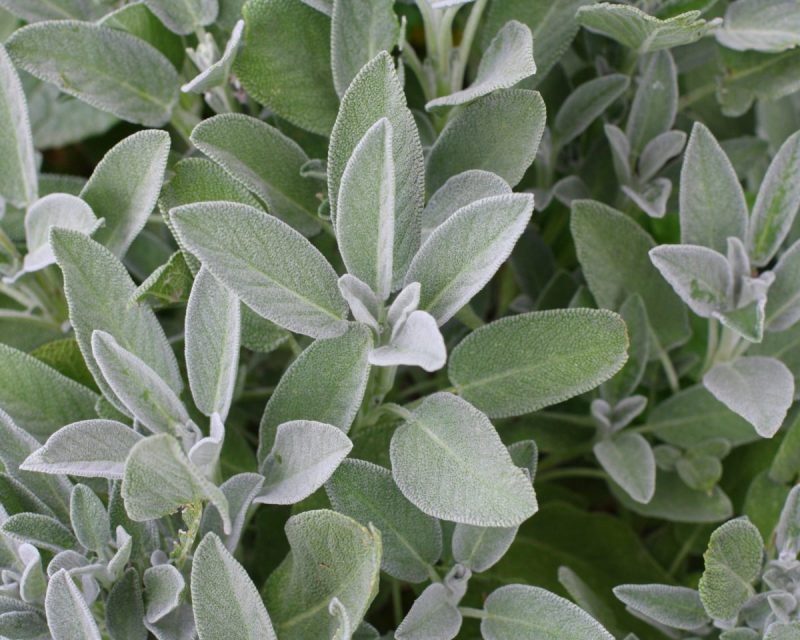
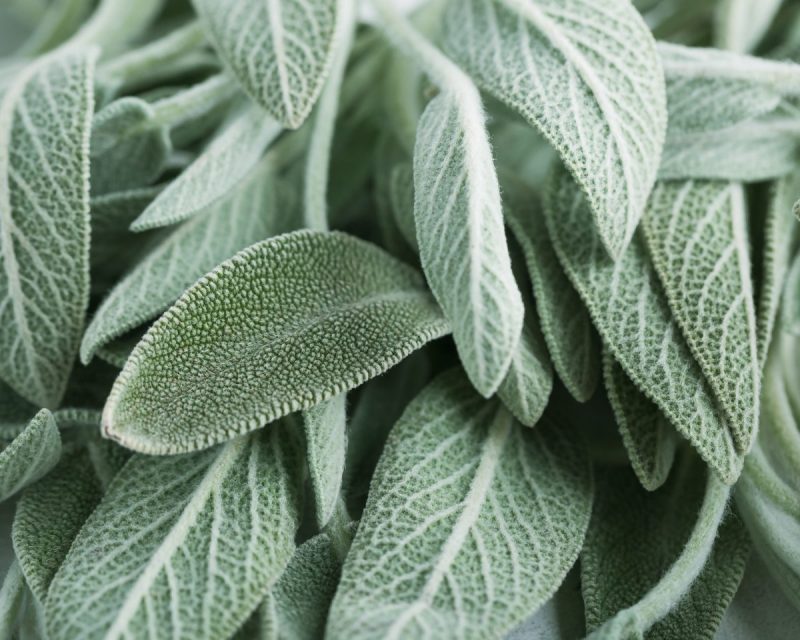
Botanical characteristics
Sage is a subshrub with a well-branched root system, straight stem, 0.8-1 m high, lignified on the underside. The leaves are elongated-ovate, coarsely pubescent, green-gray and the flowers are blue-purple and bloom in June-July.
Environmental requirements
Being a Mediterranean species, sage prefers sunny places for volatile oils accumulation, but can also tolerate partially shaded places. Temperatures of 20-25° C during the vegetative growth period are favorable for the growth of this species. In winter it is recommended to protect the plants if temperatures drop too much and the plants are not covered by snow.
In terms of humidity, sage has moderate requirements, being more sensitive to excessive water in the soil than to its lack. It prefers being planted in fertile, well-drained soils with slightly acidic to neutral pH.
Cultivation
Sage can be grown in gardens but also as a potted plant. The plants can be purchased from specialized stores, but they can also be obtained from seeds or by planting seedlings.
In gardens, the crop can be established in late autumn or early spring by direct sowing or seedling.
Recommended products
-
You can find products on a different store
Change Store -
You can find products on a different store
Change Store -
You can find products on a different store
Change Store -
You can find products on a different store
Change Store -
You can find products on a different store
Change Store -
You can find products on a different store
Change Store -
You can find products on a different store
Change Store -
You can find products on a different store
Change Store -
You can find products on a different store
Change Store -
You can find products on a different store
Change Store -
You can find products on a different store
Change Store -
You can find products on a different store
Change Store -
You can find products on a different store
Change Store -
You can find products on a different store
Change Store -
You can find products on a different store
Change Store -
You can find products on a different store
Change Store -
You can find products on a different store
Change Store -
You can find products on a different store
Change Store -
You can find products on a different store
Change Store -
You can find products on a different store
Change Store -
You can find products on a different store
Change Store -
You can find products on a different store
Change Store -
You can find products on a different store
Change Store -
You can find products on a different store
Change Store
The seeds can be sown in early spring or late autumn, at distances of 70 cm between rows and 45-50 cm between plants. The soil has to be prepared in advance, so that it is well tilled and that it ensures optimal conditions for germination. After sowing, the soil can be leveled by rolling.
For seedling production, sowing can be done in spring and planting can be done in autumn with fortified and acclimatized seedlings. The same planting distances are used when planting seedlings.
Recommended products
-
You can find products on a different store
Change Store -
You can find products on a different store
Change Store -
You can find products on a different store
Change Store -
You can find products on a different store
Change Store -
You can find products on a different store
Change Store -
You can find products on a different store
Change Store -
You can find products on a different store
Change Store -
You can find products on a different store
Change Store -
You can find products on a different store
Change Store -
You can find products on a different store
Change Store -
You can find products on a different store
Change Store -
You can find products on a different store
Change Store -
You can find products on a different store
Change Store -
You can find products on a different store
Change Store -
You can find products on a different store
Change Store -
You can find products on a different store
Change Store -
You can find products on a different store
Change Store -
You can find products on a different store
Change Store -
You can find products on a different store
Change Store -
You can find products on a different store
Change Store -
You can find products on a different store
Change Store -
You can find products on a different store
Change Store -
You can find products on a different store
Change Store -
You can find products on a different store
Change Store
When propagated through cuttings, they must be harvested from annual shoots, cut to have a length of 10-12 cm, the basal leaves have to be removed, and then the cuttings have to be rooted in hotbeds after they have been previously treated with a rooting hormone.
Care
In crops established by direct sowing, the plants are thinned. During the vegetative growth period, the plants have to be irrigated, preferably with a drip irrigation system. Fertilization in stages can also be performed, depending on the state of soil supply.
Recommended products
-
You can find products on a different store
Change Store -
You can find products on a different store
Change Store -
You can find products on a different store
Change Store -
You can find products on a different store
Change Store -
You can find products on a different store
Change Store -
You can find products on a different store
Change Store -
You can find products on a different store
Change Store -
You can find products on a different store
Change Store -
You can find products on a different store
Change Store -
You can find products on a different store
Change Store -
You can find products on a different store
Change Store -
You can find products on a different store
Change Store -
You can find products on a different store
Change Store -
You can find products on a different store
Change Store -
You can find products on a different store
Change Store -
You can find products on a different store
Change Store -
You can find products on a different store
Change Store -
You can find products on a different store
Change Store -
You can find products on a different store
Change Store -
You can find products on a different store
Change Store -
You can find products on a different store
Change Store -
You can find products on a different store
Change Store -
You can find products on a different store
Change Store -
You can find products on a different store
Change Store
The soil has to be kept free of weeds, especially after transplanting, when the plants have not yet developed.
In spring, immediately after the plant has started to grow, cut the stems of the plant to 10-15 cm. Make sure that there are buds on the remaining parts so that new stems can grow. Dry or disease-affected portions are removed.
Recommended products
-
You can find products on a different store
Change Store -
You can find products on a different store
Change Store -
You can find products on a different store
Change Store -
You can find products on a different store
Change Store -
You can find products on a different store
Change Store -
You can find products on a different store
Change Store -
You can find products on a different store
Change Store -
You can find products on a different store
Change Store -
You can find products on a different store
Change Store -
You can find products on a different store
Change Store -
You can find products on a different store
Change Store -
You can find products on a different store
Change Store -
You can find products on a different store
Change Store -
You can find products on a different store
Change Store -
You can find products on a different store
Change Store -
You can find products on a different store
Change Store -
You can find products on a different store
Change Store -
You can find products on a different store
Change Store -
You can find products on a different store
Change Store -
You can find products on a different store
Change Store -
You can find products on a different store
Change Store -
You can find products on a different store
Change Store -
You can find products on a different store
Change Store -
You can find products on a different store
Change Store
Diseases and pests
Sage can be attacked by powdery mildew, rust, or other diseases that cause leaf spots, as well as insects such as aphids, whiteflies, or mites. However, problems related to excess water in the soil are more common than those related to diseases and pests.
Harvesting and storage
Leaf harvesting can be done at any time, once the plants are fortified. Both leaves and young shoots can be harvested and used fresh or dried. It is recommended to harvest on clear days, during hours of maximum sunshine. If you want to dry the fresh material, use a well-ventilated and shaded space and after drying, store it in a place with low humidity.














































































































































































































































































































































































































































